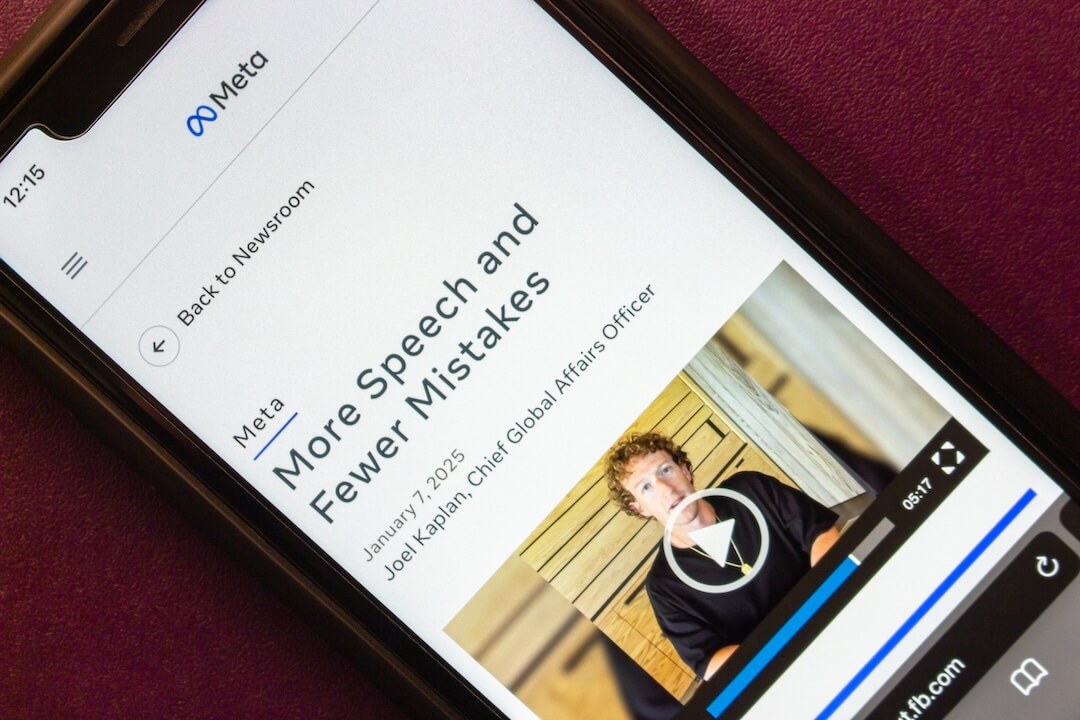Just before Donald Trump called for harsher libel laws at a rally in Fort Worth, Texas this afternoon, he fell back on a familiar tactic to mock the press.
He was several minutes into a speech on immigration when he was interrupted by chanting from the audience. “Is that a protester?” he asked. “Oh good, turn the cameras! Turn the cameras, good!”
This is straight out of the Trump campaign playbook: Order photojournalists to pan their cameras to show the crowd, then ridicule them when they refuse.
This maneuver was on display at a Jan. 2 Donald Trump rally in Biloxi, Mississippi. Photojournalists were greeted by a chorus of boos after Trump demanded they zoom out from the podium to show the audience. He singled out one journalist, a CNN photographer who was running the pool camera, saying he would “fire his ass right now if I could.”
These photojournalists are just doing their jobs. Wes Barrett, a Fox News producer, used his Facebook page to explain why a “head on” pool photographer, like the one Trump called out in Biloxi, could not turn his camera:
By agreements reached years ago, the pool head on camera that is serving ABC, CBS, CNN, FOX and NBC is required to stay on a well-composed, tight shot of the person speaking. It’s protective, mainly in case something happens to the most high-profile person in the building.
There are other cameras in the building responsible for getting wider shots of the venue, Barrett said. Many politicians, including the president and the nominees for the major parties, get the same treatment.
To see how often Trump deploys this tactic, I asked a Facebook group frequented by hundreds of local TV journalists if they’ve been called out by Trump while covering a rally. Multiple journalists weighed in.
Dana Brown Ritter, the news director at WBTW in Myrtle Beach, South Carolina, reported being booed:
At a trump rally in Myrtle Beach, he had the crowd turn around to the media riser and boo us. I just stood there and didn’t react. I kept doing my job.
Grant Hansen, a photojournalist at WFTS in Tampa, also kept his cool under pressure:
I covered his stop in Sarasota and had a very similar situation. He rallied the crowd against us. It was frustrating, but I’m there to do my job just as he is there to do his…My takeaway is don’t let anybody tell you how to do your job, even if 20,000 people around you think they can do better.
What’s going on here? I asked some veteran photojournalists why Trump’s singling out the media for abuse and what photographers should do if confronted.
Scott Rensberger is a former National Press Photographer of the Year and has covered news around the globe for decades. He said Trump is playing to the crowd, which eats up his rhetoric.
He literally abuses the media for personal gain and a large section of his audience is buying into his lies. Research shows that people often don’t want to hear the truth. They want to hear what they already believe and being anti-news media seems to be very popular these days with a large section of Americans. I’ve covered several Presidential elections and have photographed at least 50 rallies. I’ve never seen one news crew purposely “not show a wide shot of the crowd.” We always get shots of the crowd. Always. However, in many cases, we often do it before the candidate even comes to the stage.
Bethany Swain, a journalism lecturer at the University of Maryland, was an award-winning CNN photographer for 10 years. She told me that the pool photographer — the journalist responsible for keeping the camera trained on candidates — emerged from campaign tragedies.
History has shown why it is important to have a camera to document our political and government leaders, from the assassination of Robert F. Kennedy while campaigning for president in 1968 to the shooting of President Reagan.
It can be intimidating to be in a room full of supporters who see you (the media) as the enemy, but no one said that being a journalist would be easy.
Not every news story or political rally we cover will rise to the level of making history, but it is our job to be prepared and document it either way. And this includes staying focused on the podium and keeping the VIP in our viewfinder at all times.
Since the attacks show no sign of relenting, I asked two photojournalists how photographers should respond when they find themselves on the receiving end of a candidate’s public taunting.
Cyndy Green, a former TV photojournalist, recommends ignoring the jeering.
“Consider how you might react if you were covering a demonstration or riot or other highly charged event. Get your shots, your interviews, stay neutral. It is news — not a personal attack, even though it may seem that way at times.”
Richard Adkins, a photojournalist at WRAL in Raleigh, North Carolina, thinks there is no right or wrong response to the attacks.
“I think the bigger question is how you handle it when you put your story together. Who is that crowd? What is their make up? What is their reaction as the candidate attacks the media? When you think about it, he wasn’t trying to censor what was being recorded, he didn’t say turn the camera off, he didn’t say he would stop talking if the camera didn’t pan.”







